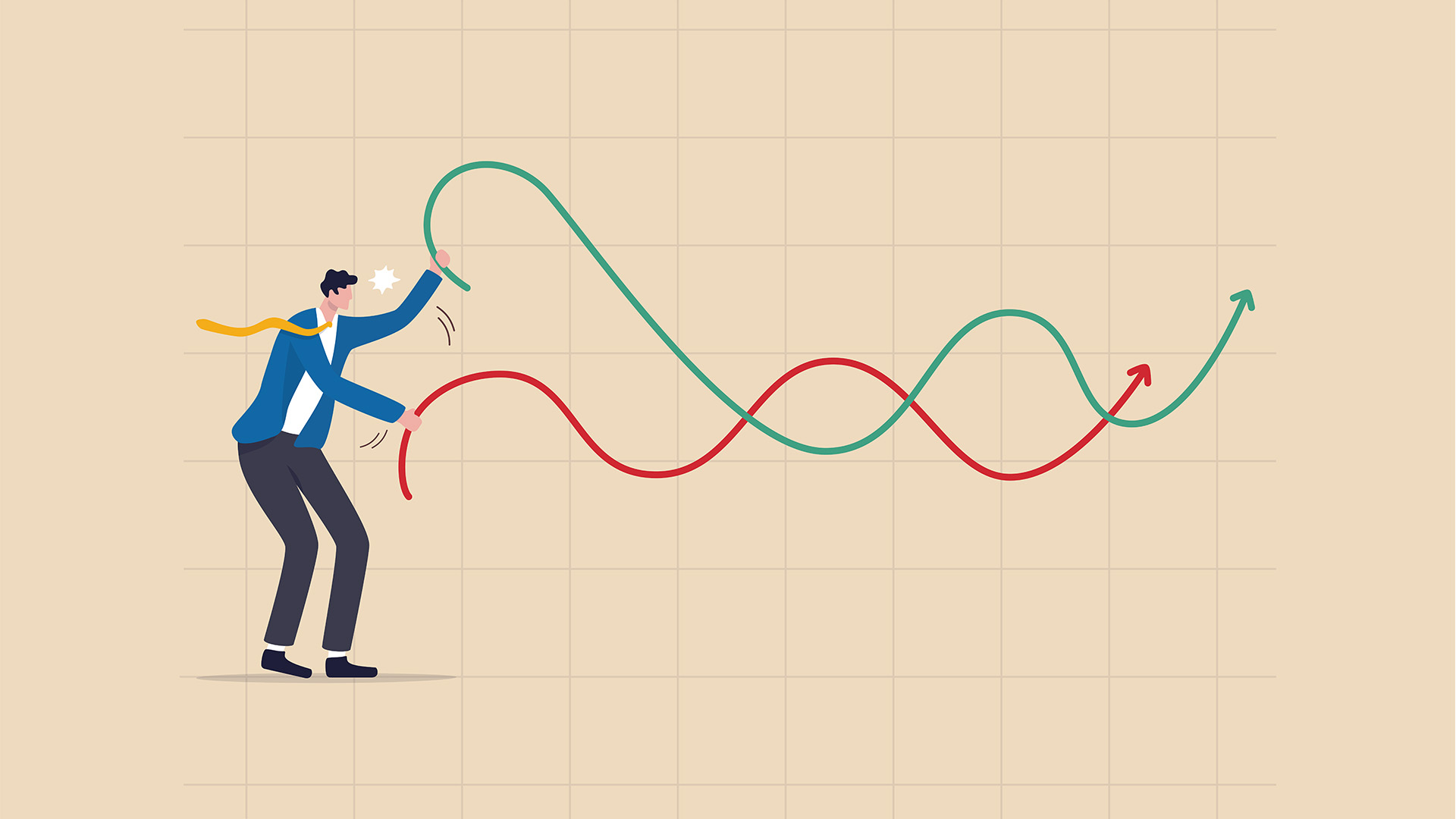While the Federal government decided to keep JobKeeper and JobSeeker but start tapering it later in the year, Reserve Bank governor Philip Lowe yesterday warned the unemployment rate will climb further this year as the coronavirus pandemic continues to impact activity – especially in Victoria and NSW.
The Federal government’s changes to the two support schemes have been coming for a while and will attempt to turn the so-called ‘fiscal cliff’ from the end of September, into a ‘slope’ extending out into the March quarter of 2021.
The $1,500 a fortnight support payment for jobless Australians will be cut to $815 a fortnight after September and they will be forced to apply for jobs to hold onto their benefits after the much-tipped announcement from the federal treasurer, Josh Frydenberg yesterday.
For those on JobSeeker, the extra payment available to those on the dole will be reduced in October to $250 a fortnight, down from $550, in addition to the base JobSeeker payment of $565.70.
This extension will cost $3.8 billion, bringing the total spent on the supplement to $16.8 billion.
The new rate will be paid until the end of the year for those unable to find work, but Prime Minister Morrison has committed to reviewing the payments in a few months and has signalled extra support is likely into 2021. Other restrictions, such as waiting time for those with liquidity assets will recommence in September.
But the RBA’s Dr. Lowe sees the unemployment picture and household incomes to remain weak for a while yet.
He told the Annika Foundation lunch in Sydney yesterday in what is now an annual address for RBA Governors, that the central bank expects incomes are also expected to remain lower until there were scientific breakthroughs or improvements managing the virus.
But he said there is good news from the labour market
“Fortunately, we have now turned the corner. In June, hours worked increased by 4 percent and the number of employed people rose by 210,000. Notwithstanding this turnaround, the path ahead is expected to be bumpy and there are some major cross-currents in the labour market at the moment.
“On the positive side of the ledger, many firms that were heavily affected by the shutdowns are now rehiring and lifting hours as the restrictions are eased in most of the country. This is most clearly evident in the retail, hospitality, and arts & recreation sectors.
“Some other firms have also hired large numbers of people as they respond to the increase in demand as a result of the pandemic. The supermarkets are a good example of this.
Despite these positives, he warned the unemployment rate was likely to increase further, even with a recovery underway, as many of those who had lost their jobs had not been classified as being in the labour force.
“As the labour market continues to improve, we expect many of these people will start looking for jobs, and thus be classified as rejoining the labour force,” he said.
“This will push up the measured unemployment rate at the same time that the share of the working-age population with a job is also rising.” (as we saw in June with 210,000 jobs being filled and the unemployment rate rising to 7.4%).
However, Dr. Lowe said the “foundations” of the economy were strong and the government’s wage subsidy and unemployment benefit schemes would help the country recover.
“Looking forward, we should have confidence that the pandemic will pass, either because of scientific breakthroughs or we become better at managing the effects of the virus,” Dr. Lowe said.
“Until it does pass, our incomes will be temporarily lower and it makes sense to smooth this out through fiscal support.”
But he reminded us that it is not all rosy:
“At the same time, we need to recognise that the task is complicated by the fact there is still considerable uncertainty about how long this period of weak income will last. The longer it lasts and the more uncertain things are, the harder it is to smooth out.”












